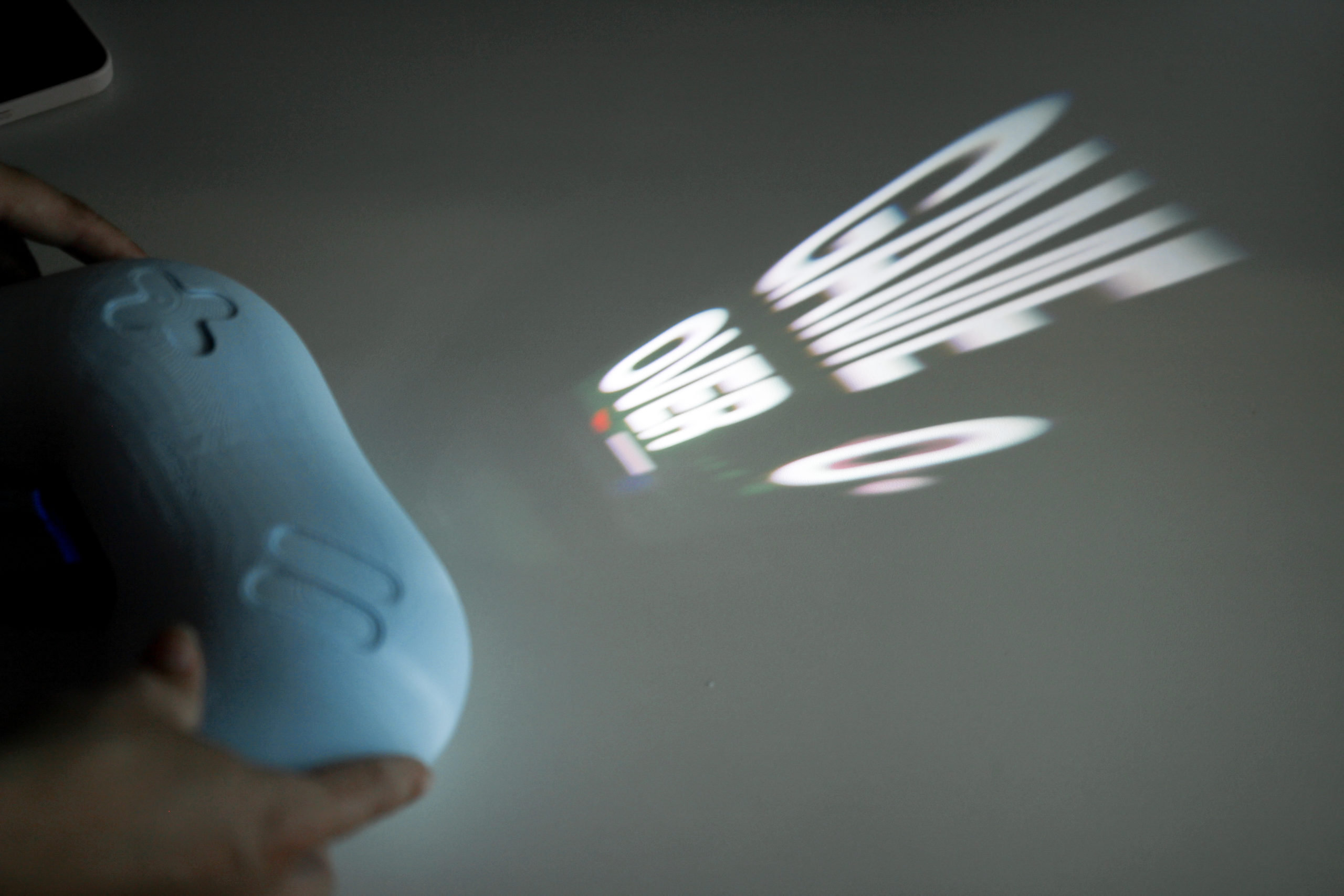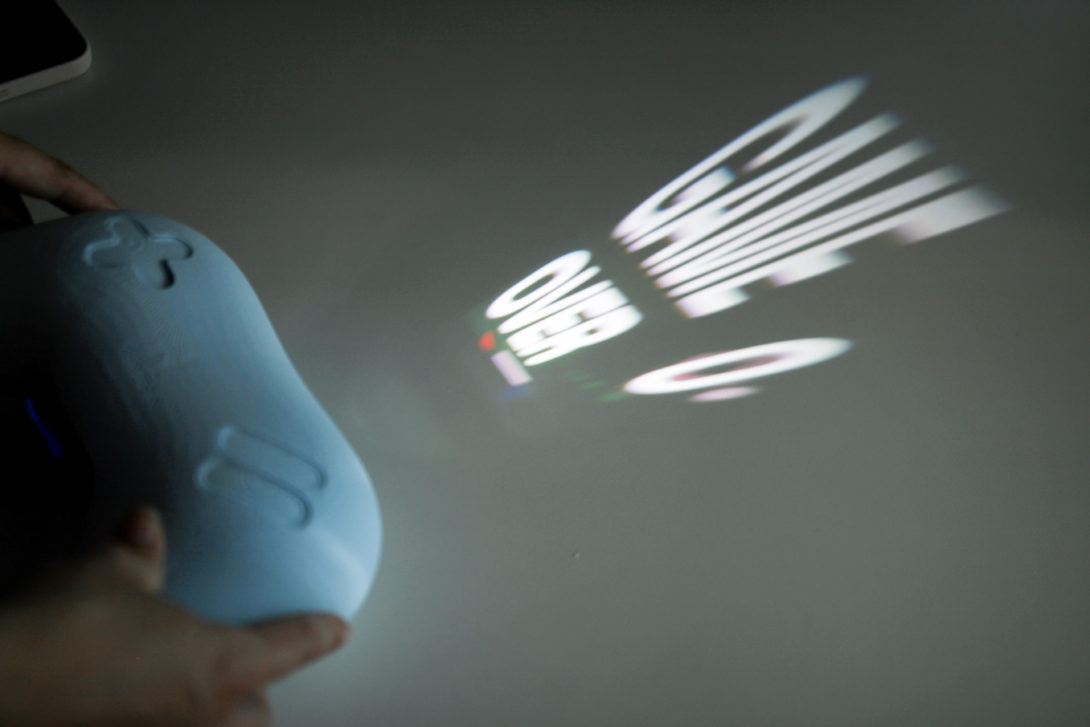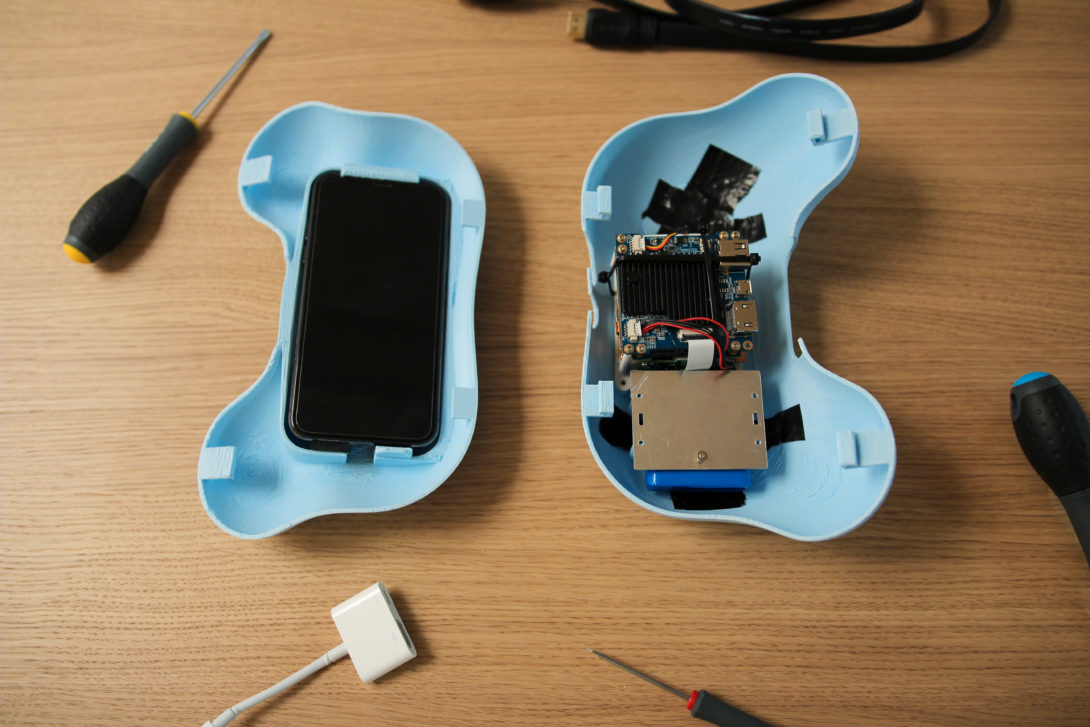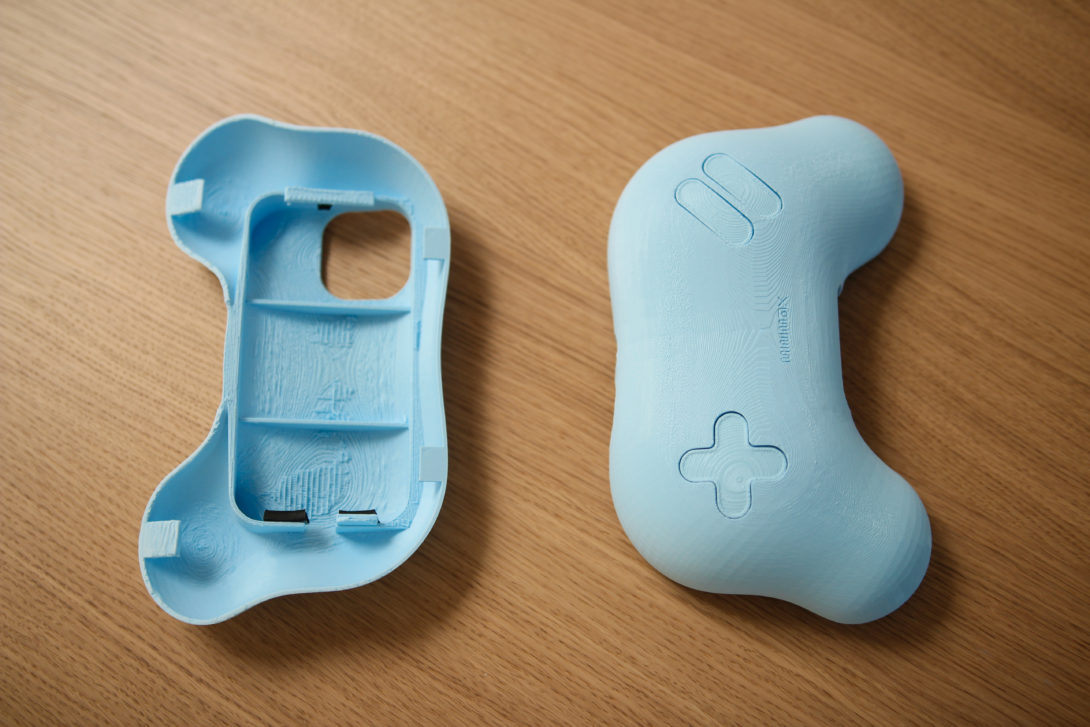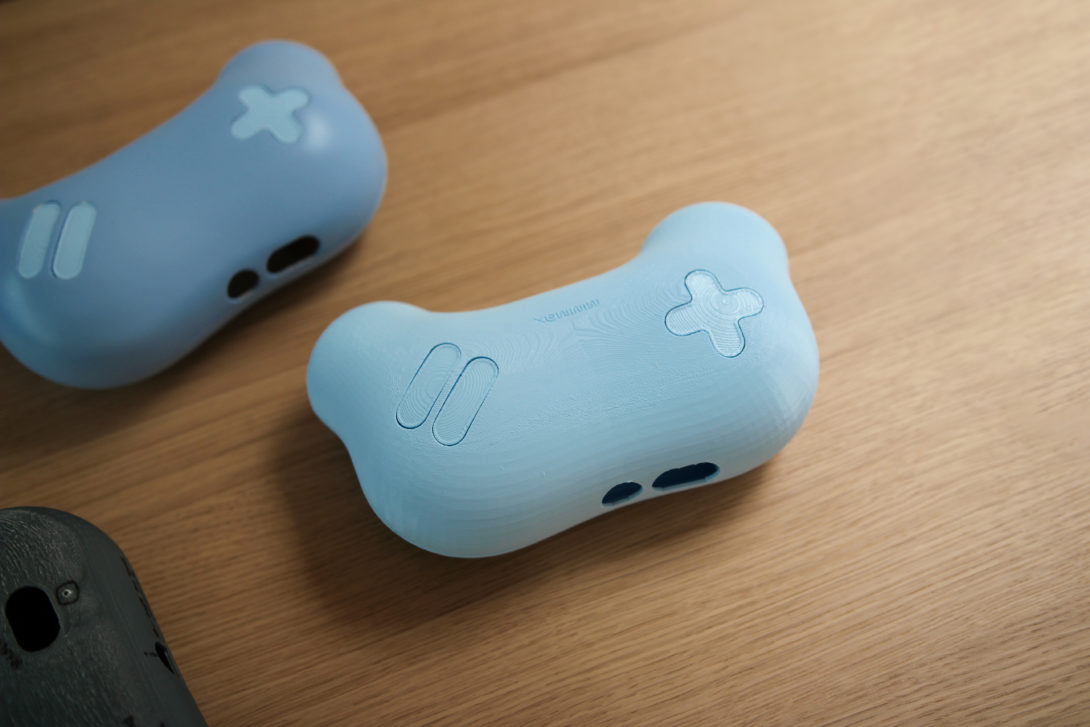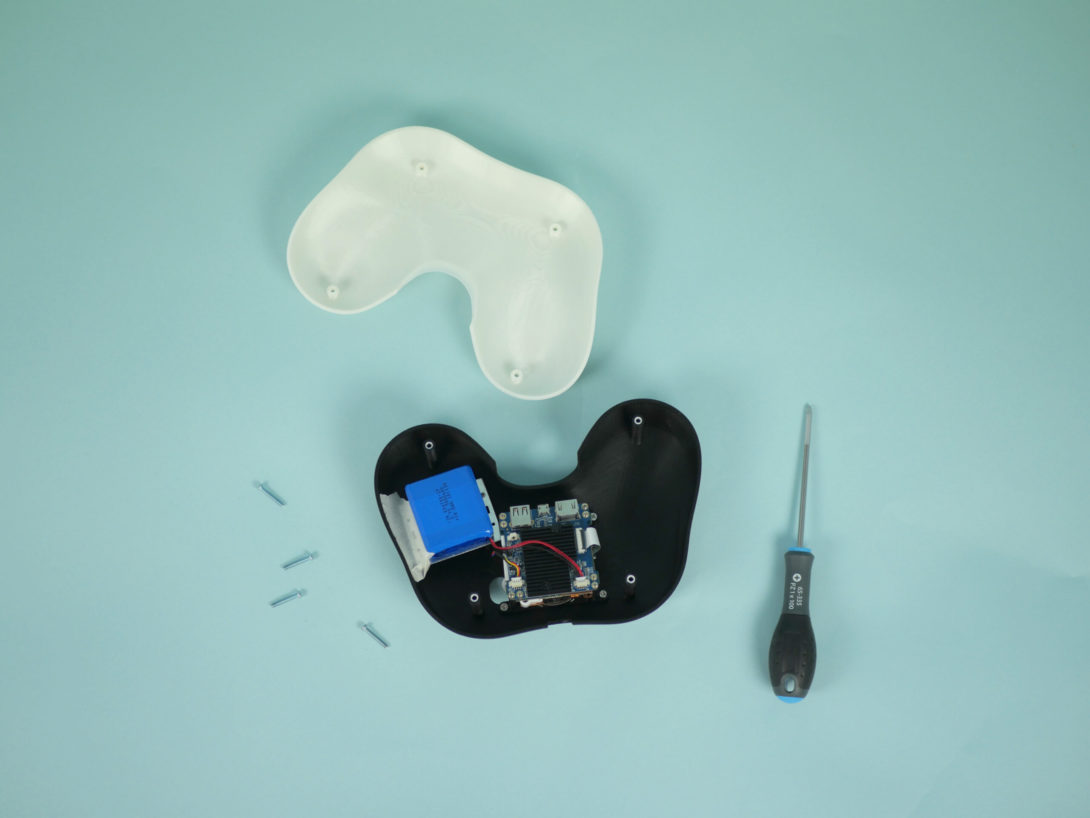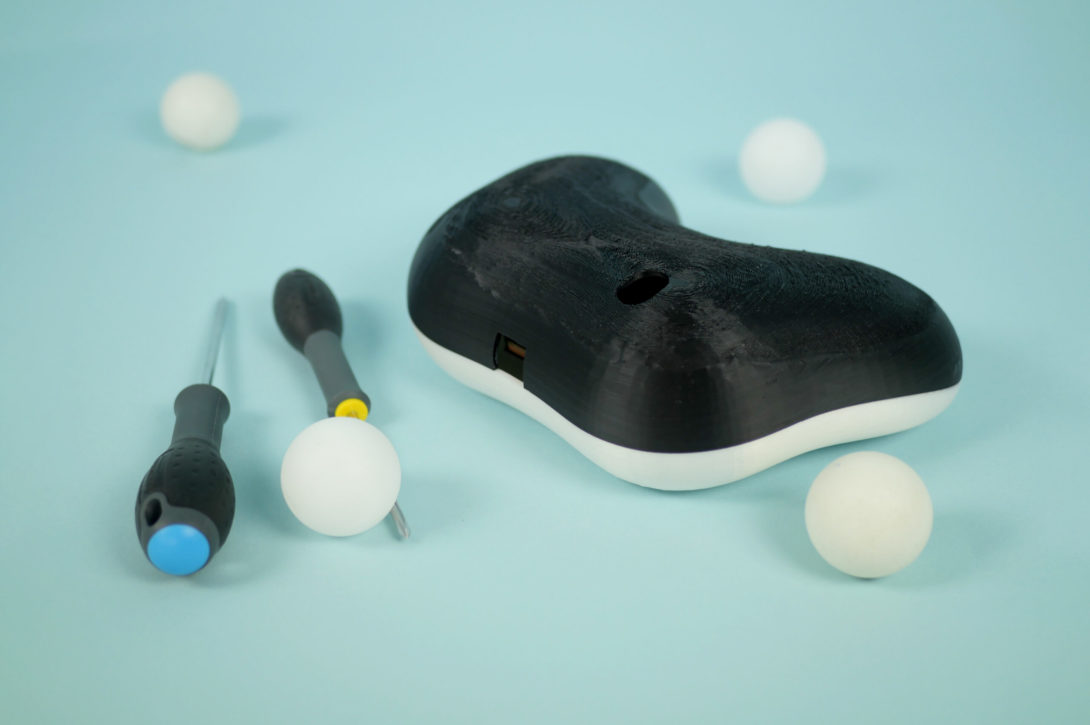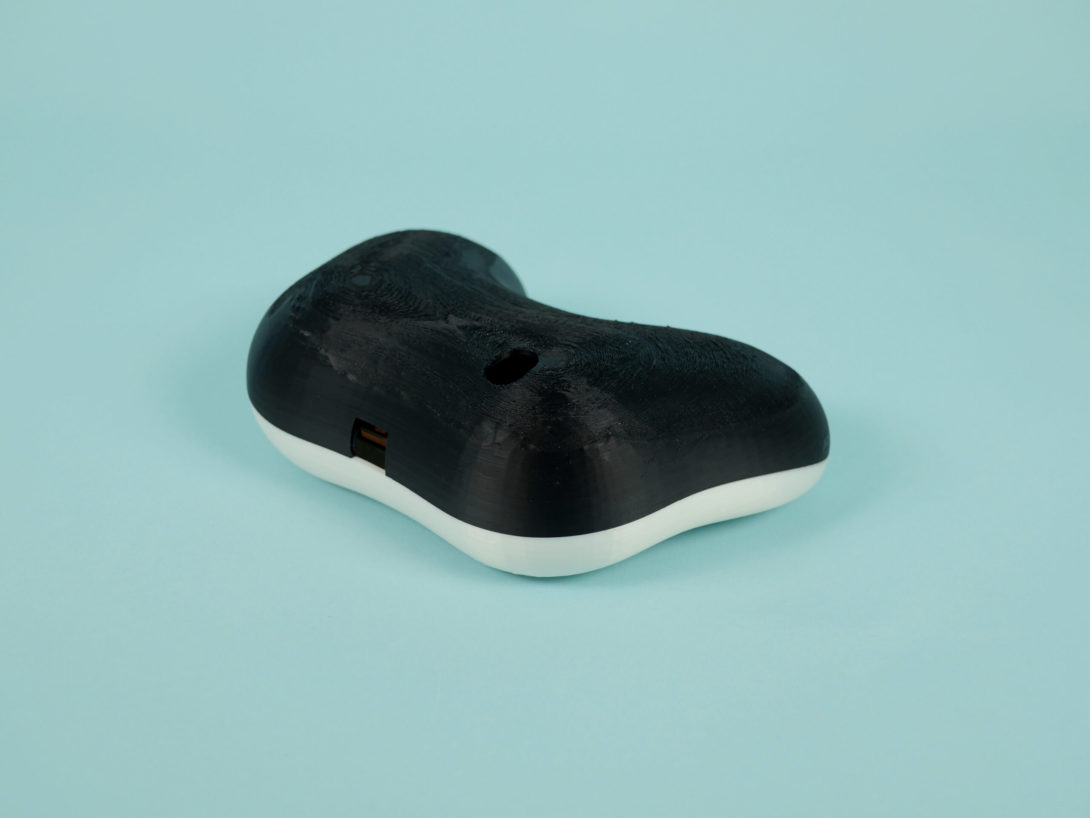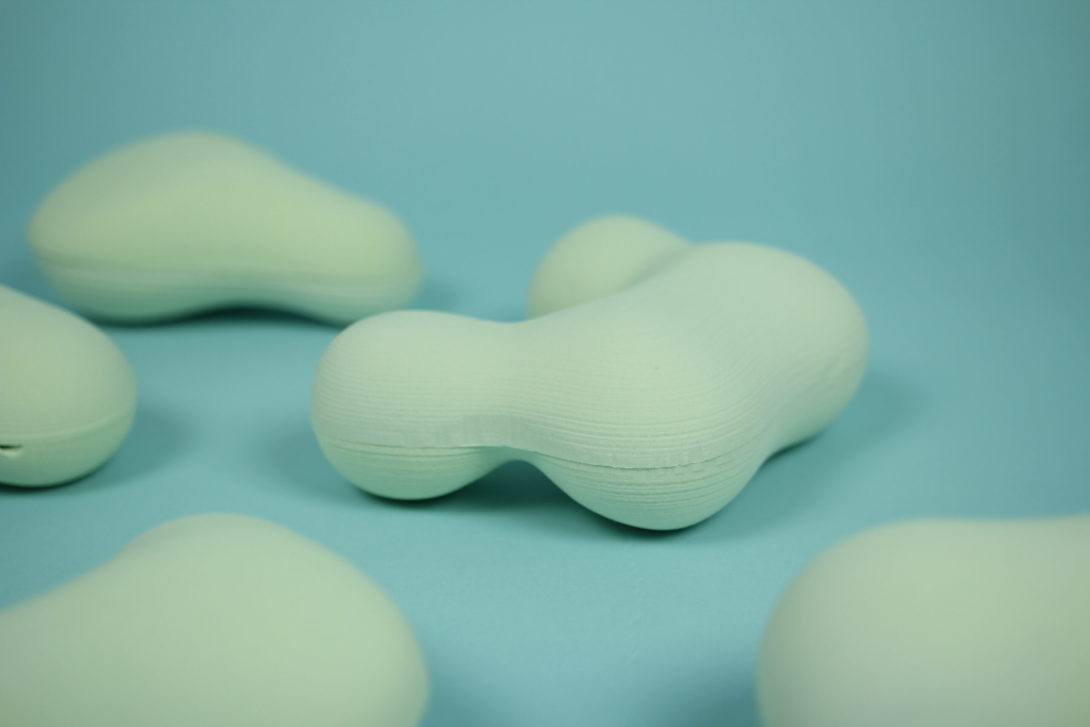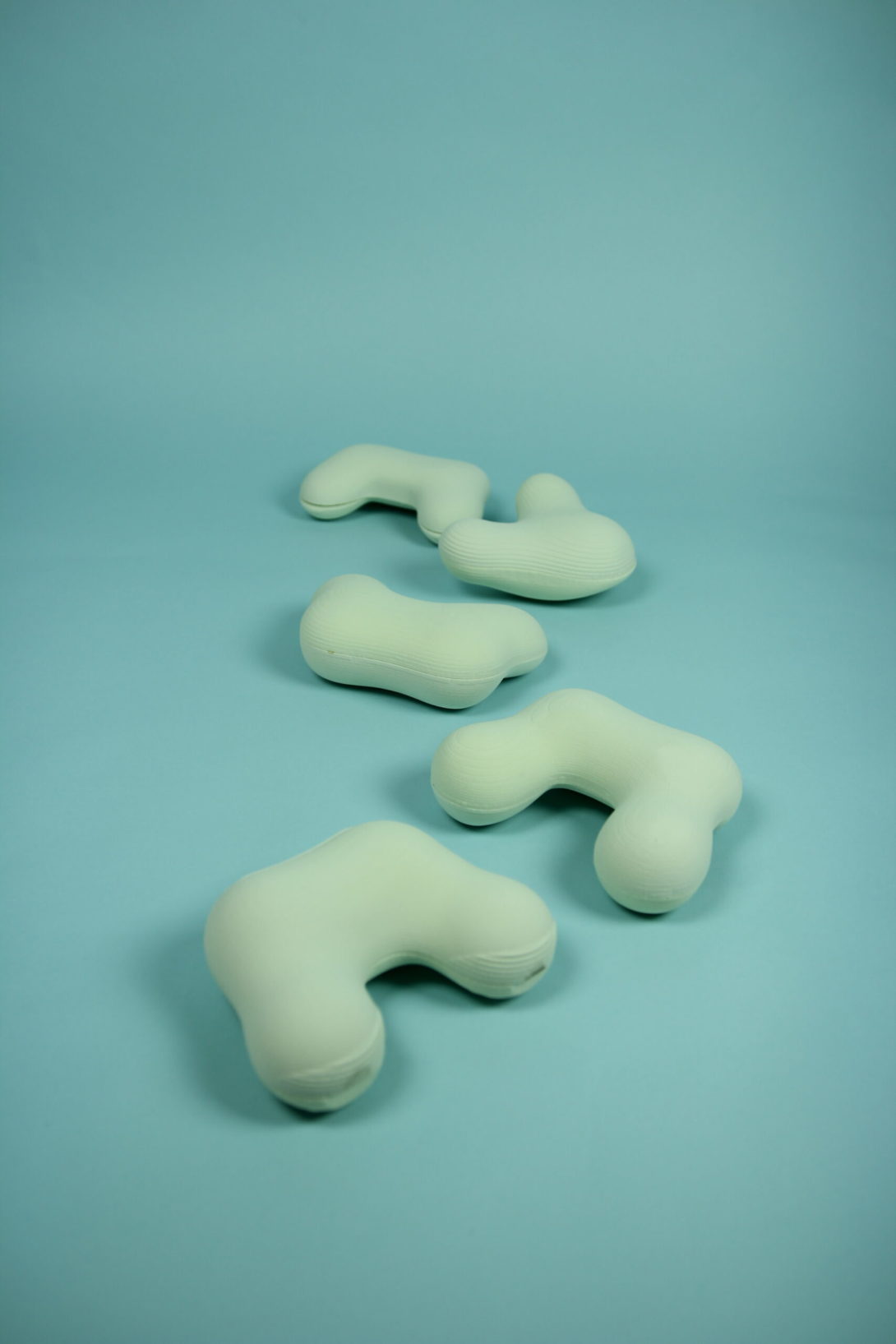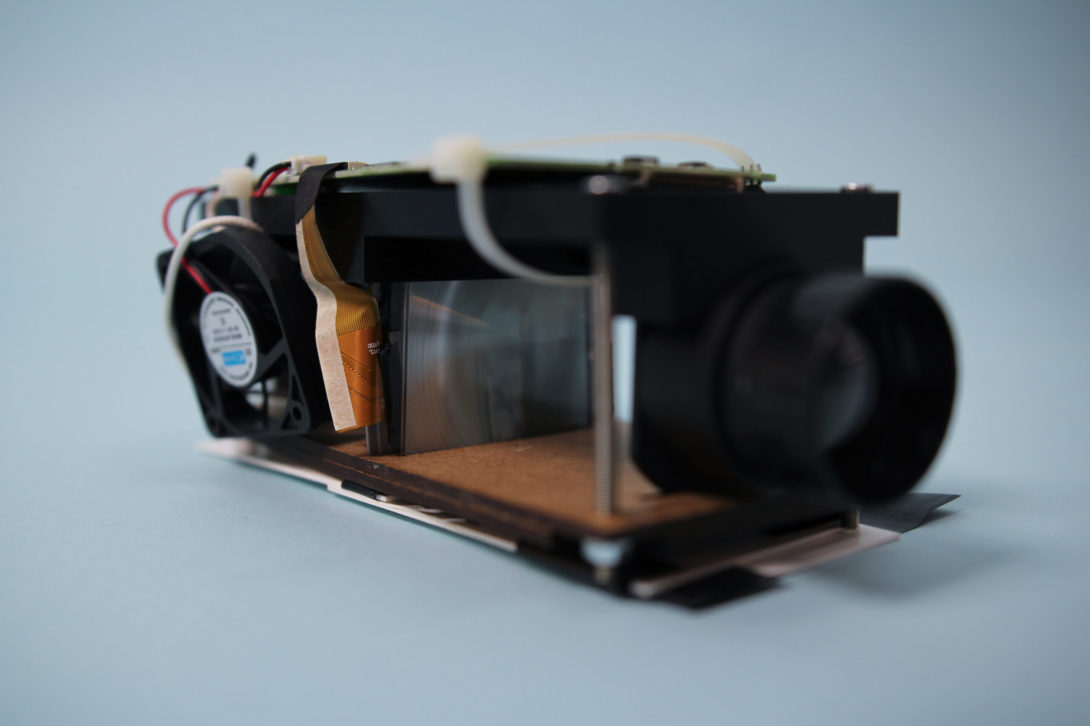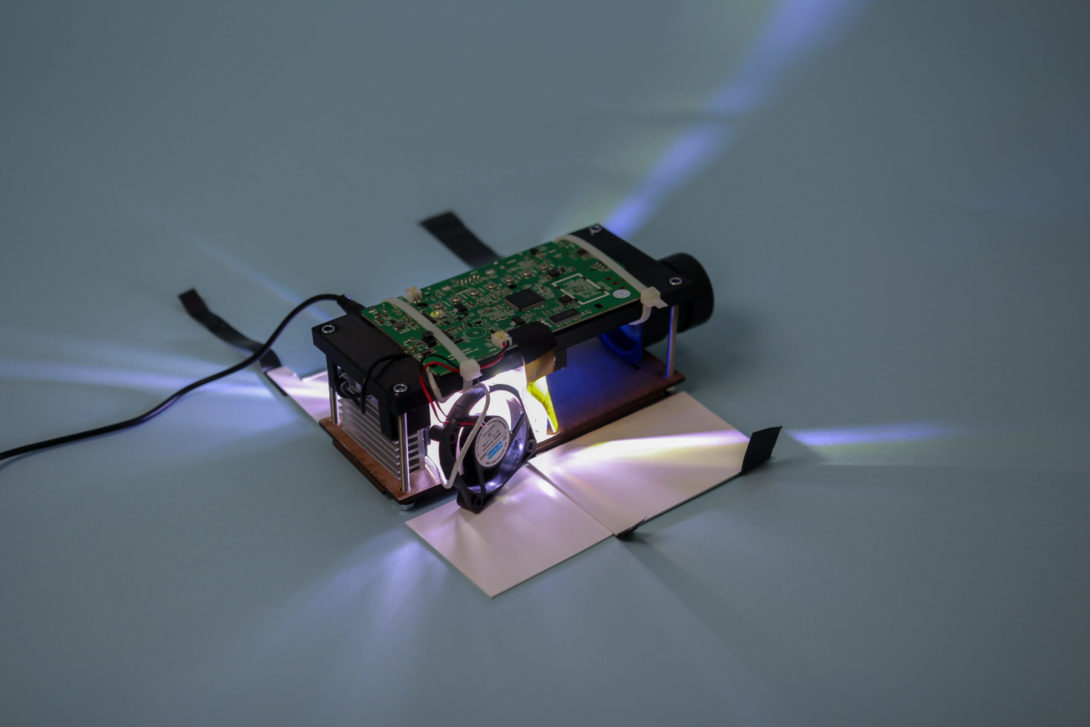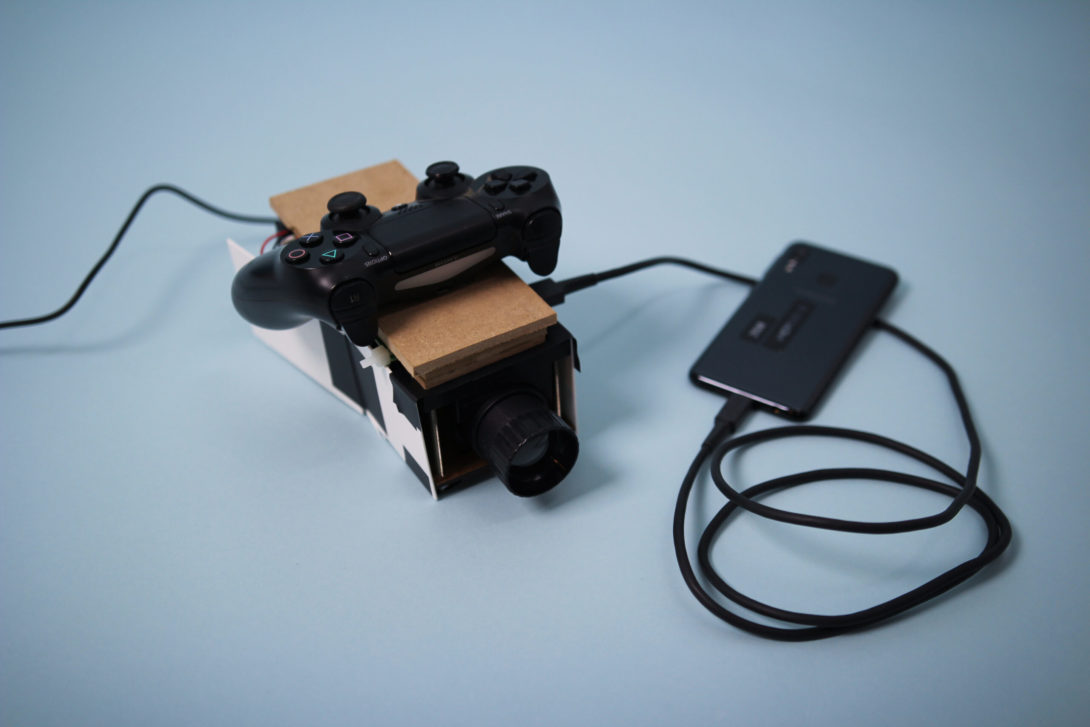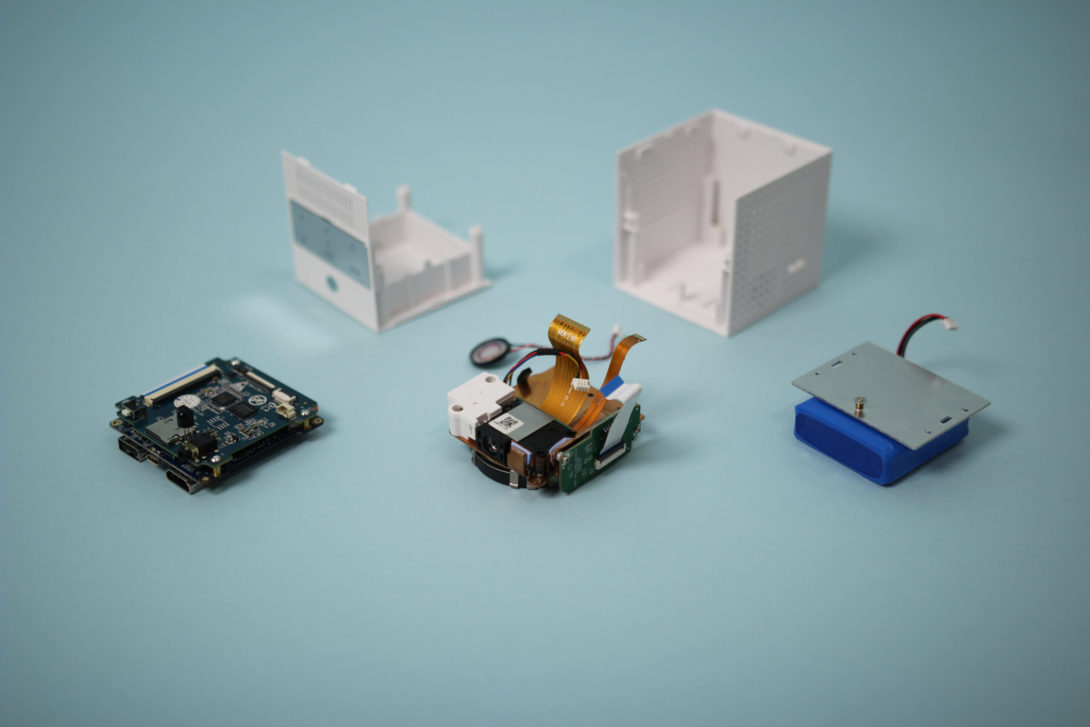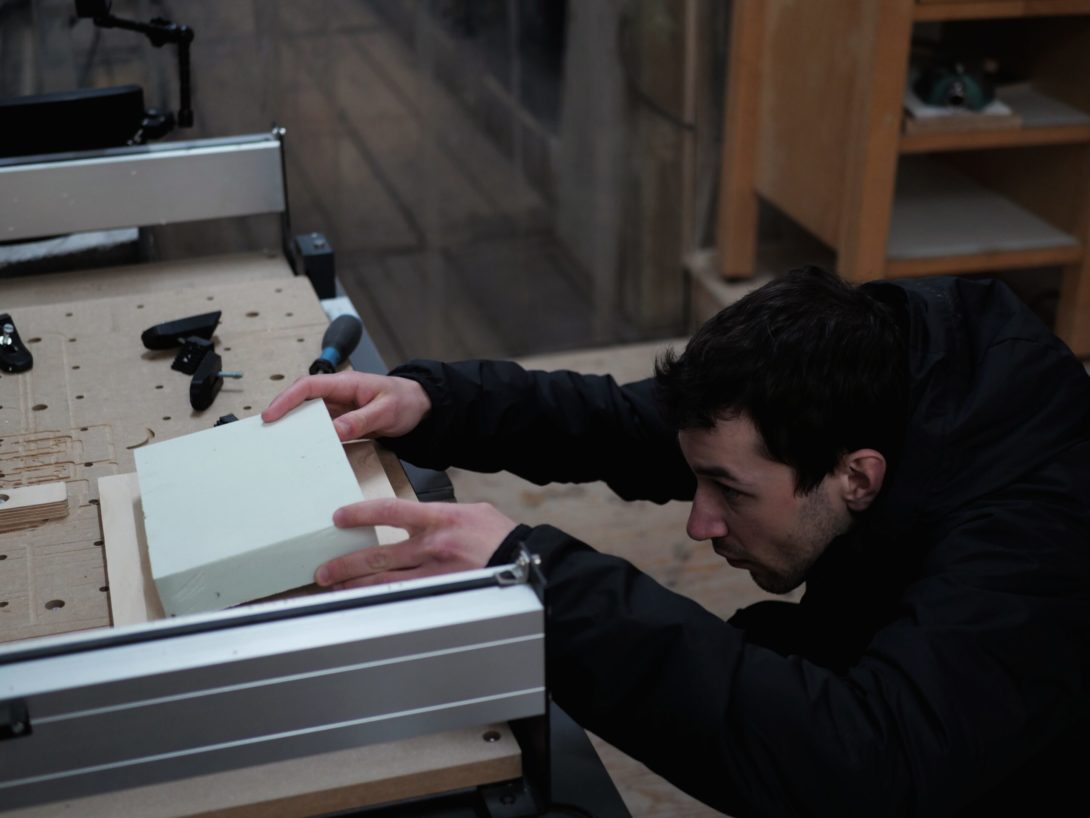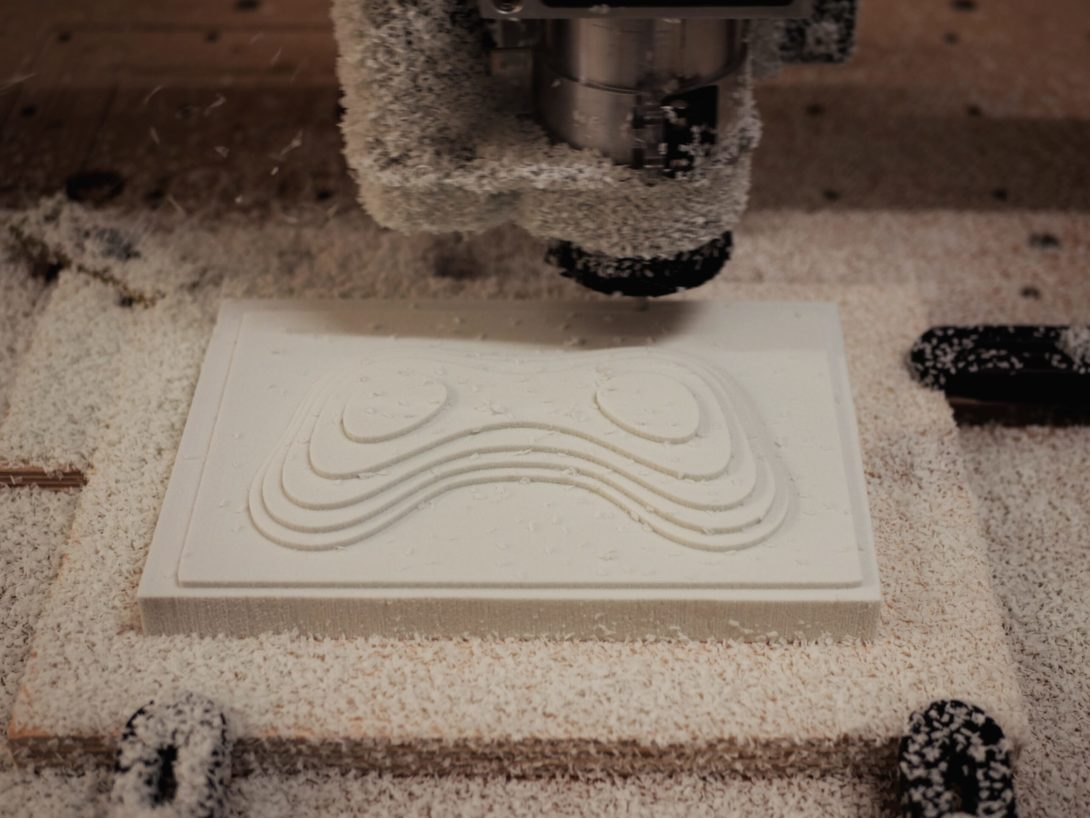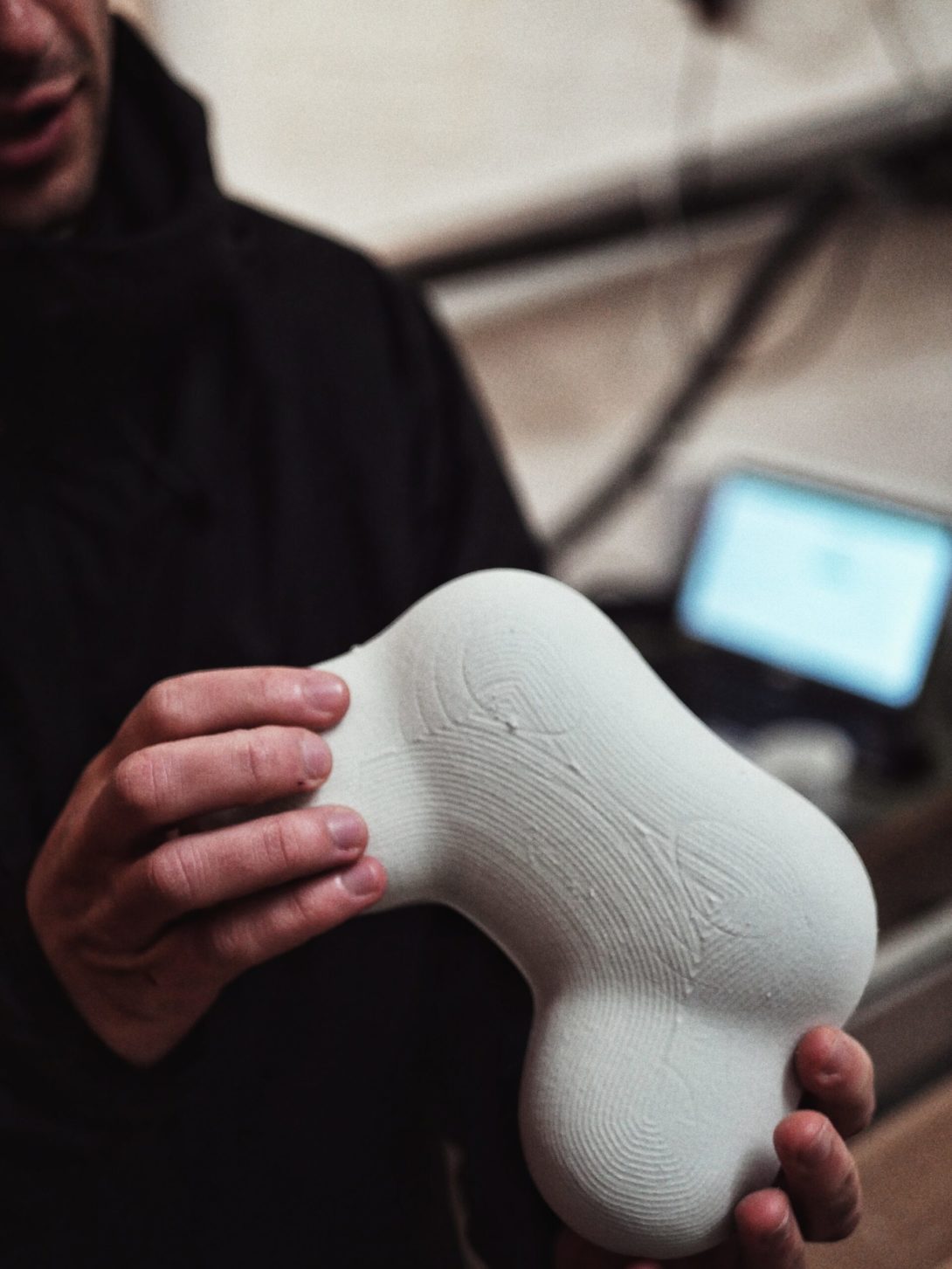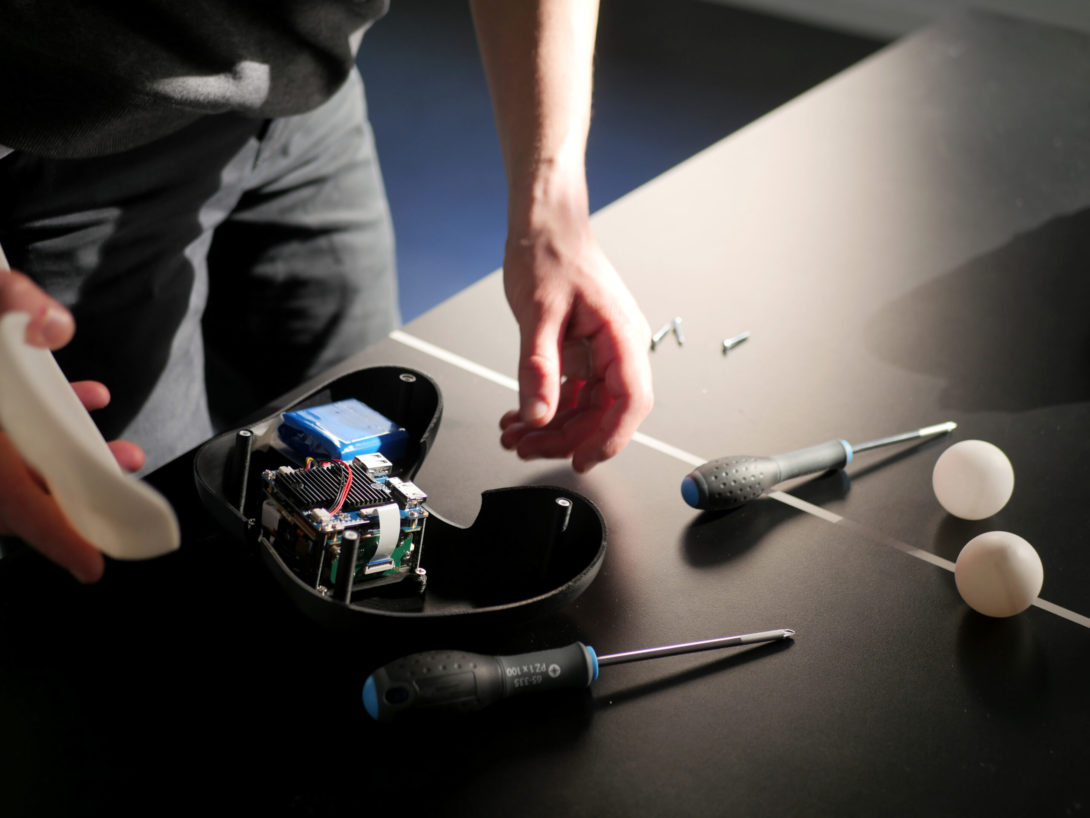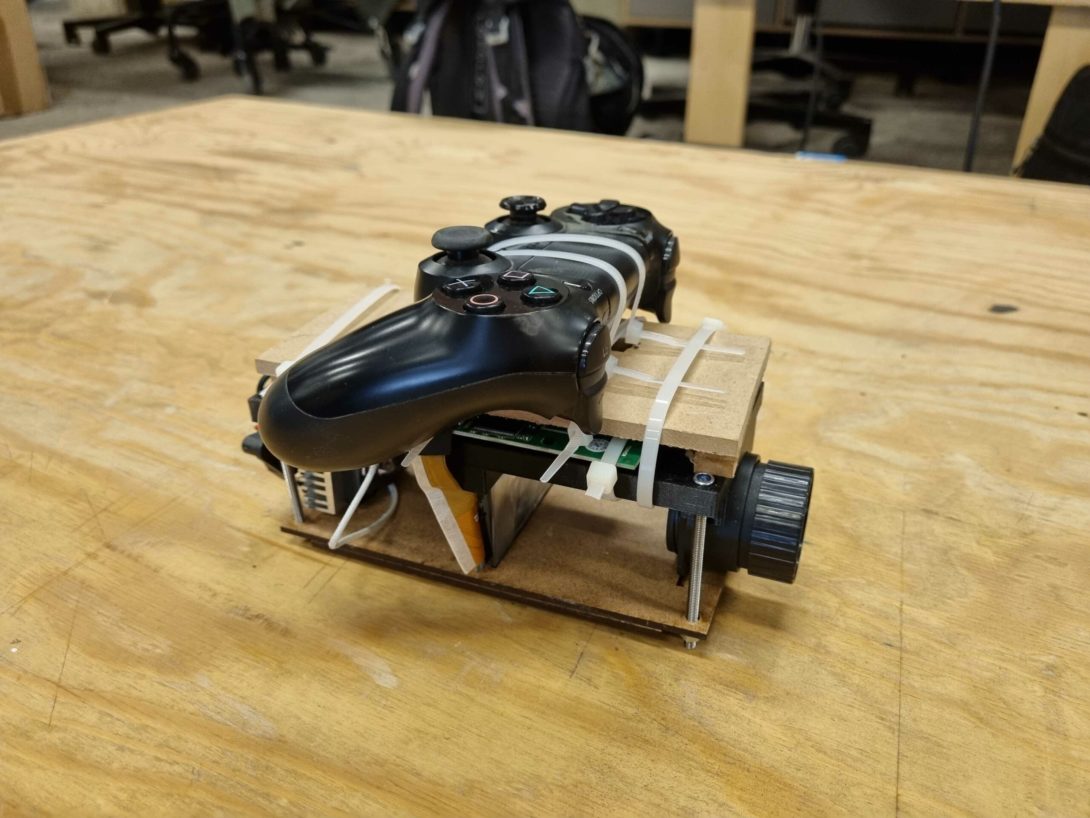About the project
The Minimax was conceived as part of the Open!Next innitiative: an EU funded program with the aim of exploring an open-source approach to hardware and business development. The project resulted in the creation of a new language of interactive projection, were Manyone has designed the full experience from ideation, branding, business case and code to industrial and ergonomic design. The aim of the project team was to prototype and refine a workflow for tech innovation, which can bridge the gap between design, tinkering and prototyping, and, importantly, leverage the power of the collective open-tech community to foster ideas, share knowledge and remove the siloed walls around classical hardware development. The fast paced prototypes were built at the local Maker Space, close to Manyone’s Copenhagen office. Minimax was exhibited during 3daysofdesign in June 2022 and part of the Distributed Design Platform project run by Maker.
Approach
How can we use the power of open collaboration to design the experience enhancing devices of tomorrow?
Motivation
Traditionally, the tech industry has been operating in closed silos. At the same time, being an extremely demanding industry, large resources are required for research, development and testing of new ideas. We believe this entire process can be optimised through a collaborative way of working.
Goals
We aim to refine and test a workflow of tech innovation which will bridge the gap of design, tinkering and prototyping – leveraging the power of the collective to foster ideas through knowledge shareing combined with at hand production capacity. The targeted output will consist of a developed device with a physical product, positioned within an outlined wider family and a strategic brand concept.
The product itself will be a hendheld interactive device with a built-in projector, spatial awareness and object tracking. To bring the concept to a tangeable level we plan to build a functional prototype. This will be close to the concept in shape, material and electronic components. Further, it will run a custom software experience demonstrating some of the usecases.
Required skills
As the project is positioned in the field of consumer electronics, components and their sourcing, as well as technological knowledge, especially in projection are important. Skills in object recognition and thus sensor technology will be needed in order to design a context-responsive experience. Furthermore, expertise in coding and mobile user interfaces will be supporting the content creation.
Contribution process
Being a piece of open hardware, the success of this project relies on the feedback and creativity of you, the community. As the development progresses we will regularly post process images and issues for specific tasks at hand. If you have input on one of those, we look forward to receive your comments and ideas under the respective issue. But also if you are generally interested in our product, do not hesitate to contact us.
Project team
Kristel Laurits – Industrial Designer

